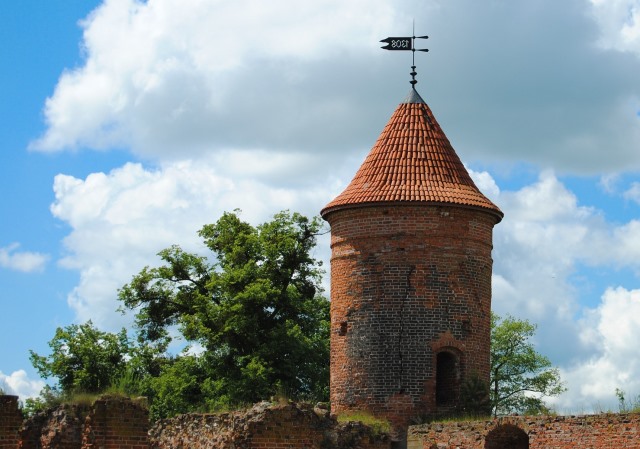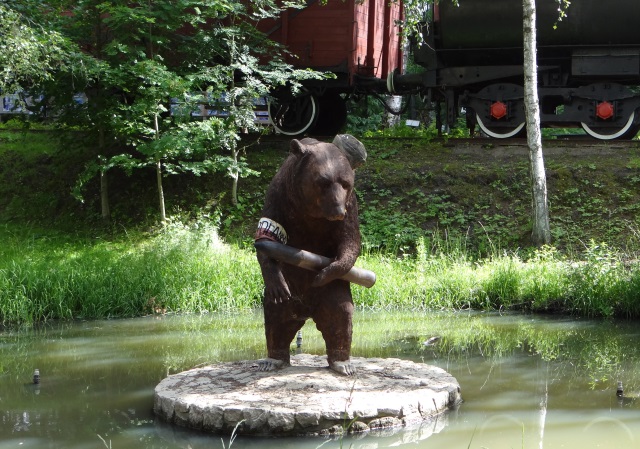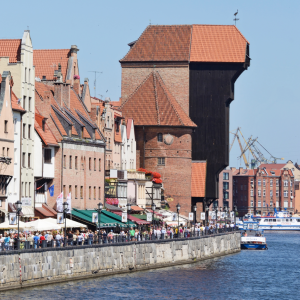GDAŃSK & SURROUNDINGS
Old Town of Gdańsk
The first clue to the history of the city is seen on the Upland Gate to the Old Town, which is decorated with the emblems of Poland, Royal Prussia and Gdańsk, indicating the ownership changes the town has experienced. Pass by the Renaissance Torture House and Gothic Prison Tower to visit the historic interiors of the Town Hall, dating back to the 14th century. Then we take a stroll along the main thoroughfare, Długa Street, visiting the famous Artus Court, built in 1481 as a meeting place for wealthy burghers, who shared a passion for King Arthur and the Round Table, very fashionable in Hansa towns at that time. Stop at Neptune fountain – the symbol of Gdańsk, which owes its many riches to the bounty of the God of the Sea, among which is amber, displayed at the nearby Amber Gallery. Leave Długi Targ through the Green Gate, a gatehouse built for the visits of the kings of Poland and now Lech Wałęsa has an office here. Next to one of the most beautiful streets in Gdańsk, Mariacka Street, where St Mary’s Church stands. The church, founded in 1342, one of the biggest in Europe, is large enough for 25,000 faithful. At the Motława River bank – the Old Crane and wooden granaries are reminders of the trade which underpinned the wealth of Hanseatic Gdańsk.
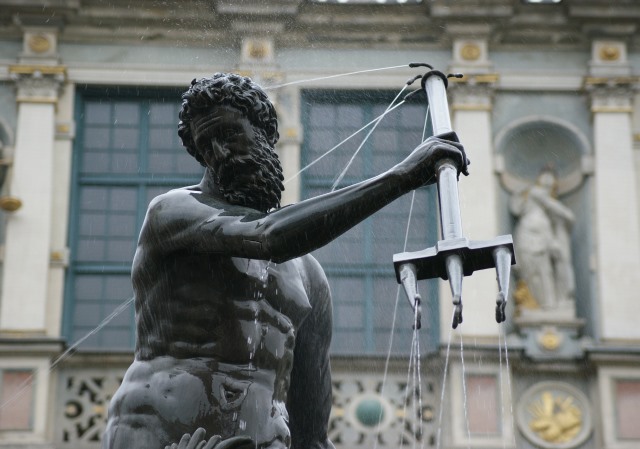

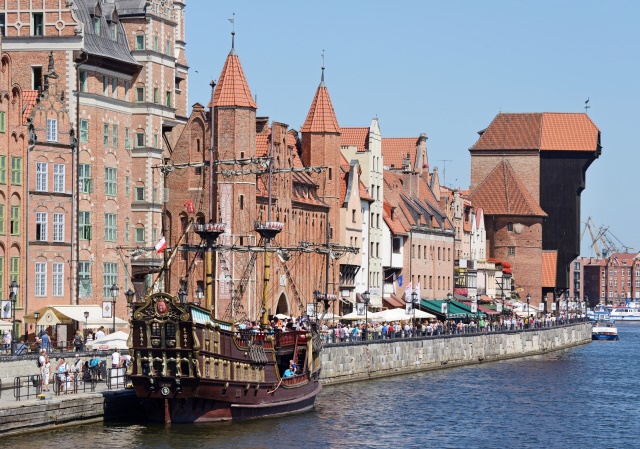


Gdańsk – Oliwa – Sopot
A short drive from the Old Town to the Gates of Gdańsk Shipyard. Here the “Solidarity” Trade Union movement was founded in 1980, a turning point for the struggle against the Communist regimes of Eastern Europe, commemorated by the exhibition of the ECS – European Center for Solidarity. Brief pause at Oliva Cathedral, founded in the 13th century, to listen to a concert played on the Rococo organ, the finest one of its kind in Poland. Stop in Sopot – a picturesque pre-war summer resort with a beautiful promenade pier. Then drive to nearby Gdynia – the commercial heart of the Tri-City.
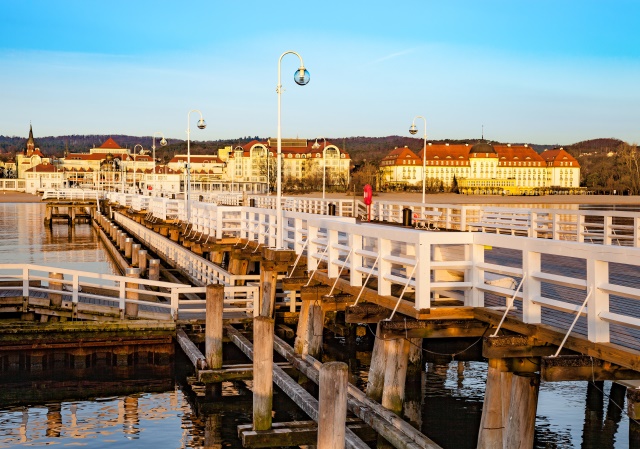
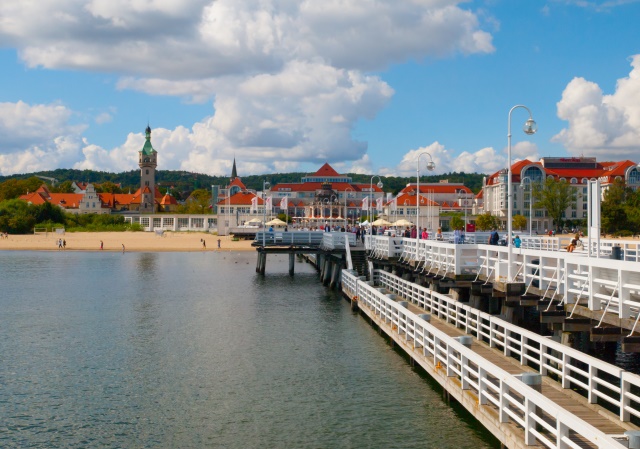
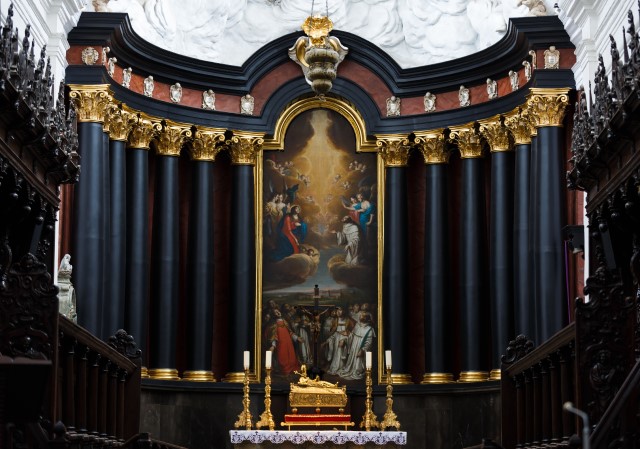
Boat trip on the Bay of Gdańsk
Admire the most magnificent views of the Tri-City from the deck of a boat: the picturesque panorama of Old Gdańsk, Hel Peninsula, the beaches of Sopot and Gdynia harbour. Stop at Westerplatte to visit the monument commemorating the Defenders of the Coast in the first days of WW2. On board local fish specialities will be served and Polish musicians will entertain you.


Gdynia
Gdynia is a part of the Tricity conurbation. It is a relatively new city so there are not many historical monuments. But there are many examples of pre-war architecture. Recently it becomes more and more popular as a summer holidays destination.


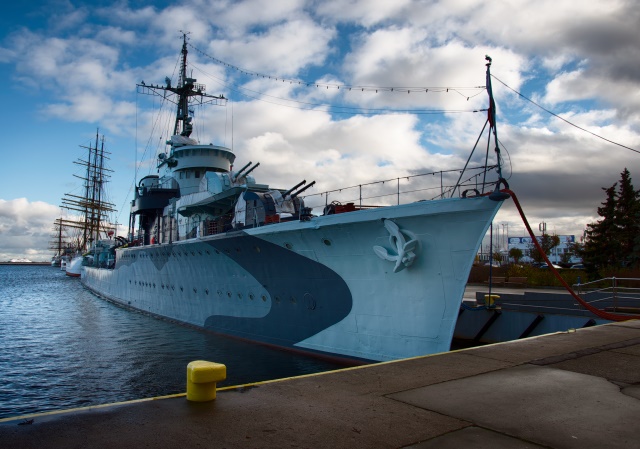

Hel Peninsula
This narrow peninsula 34km long and 200m wide at its narrowest point is an ideal place for holidays. It was formed by sand deposited by the strong currents. The area is inhabited by the Kashubians, a separate western Slavonic people with their own language and customs (in Jastarnia, Hel street names are in both Kashubian and Polish).
Each of the resorts has its own particular atmosphere: Jastarnia resembles a fishing village with enchanting nooks, fishermen’s cottages and cosy taverns while Jurata is a very upmarket resort.
Hel Peninsula is also famous for its beautiful unspoilt beaches on the Baltic side.
Westerplatte Peninsula
Trip to Westerplatte Peninsula, where for 8 days, 182 Polish Soldiers held off thousands of Nazi forces, supported by artillery, planes and naval units.
The Monument to the Defenders of the Coast commemorates not only the Westerplatte garrison, but also other soldiers fighting against the Nazi army on other European coasts. A visit to the French military cemetery in Siedlce district which dates back to Napoleonic times, with over a thousand graves from WW2.
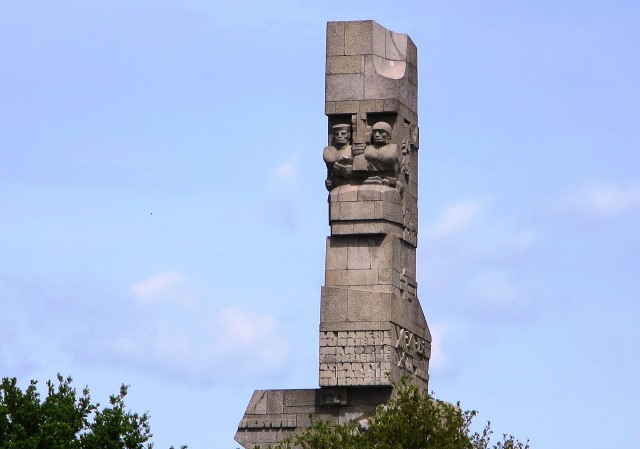

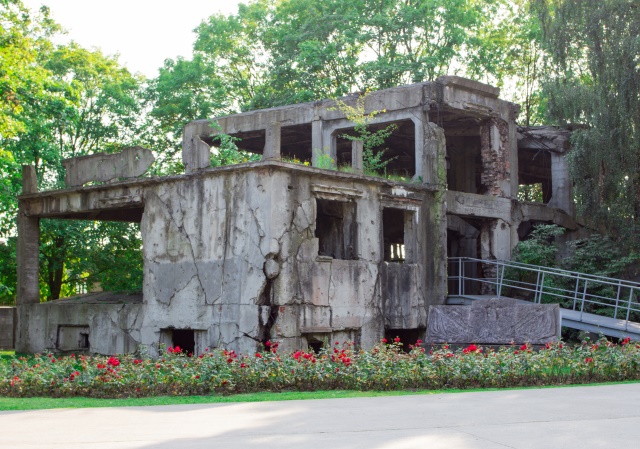
Stutthof – former Nazi concentration camp
A 40-km drive east of Gdańsk takes you to Stutthof, a former German death camp, where over 85000 people perished.
The gas chamber, crematorium and prisoners’ barracks have been preserved.
Founded in September 1939, evacuated in 1945, Struthoff was the first concentration camp the Germans built in Poland and the last to be liberated.
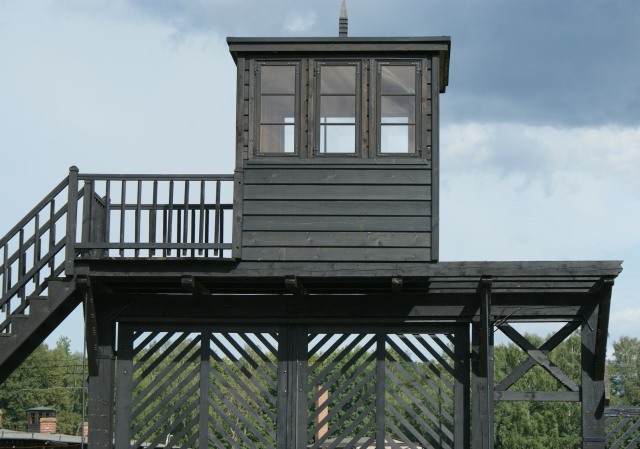
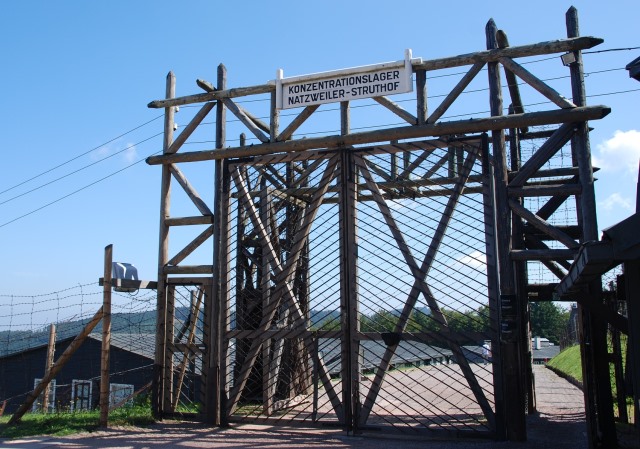
Malbork – Teutonic Knights’ castle
A one-hour drive south of Gdańsk takes you to Malbork (Marienburg) – the seat of the Grand Master of the Teutonic Order, dating back to the 14th century, an outstanding example of medieval defensive construction.
The vast redbrick fortification which dominates the Vistula riverbank has been the backdrop for many medieval film epics. It has a wealth of treasures, including Teutonic armour and weaponry and an amber room. Admire the sinister Gothic traps, which the Teutonic brothers invented to rid themselves of inconvenient members and guests.
There is the possibility to extend the excursion to the whole day and visit other Teutonic castles on request.
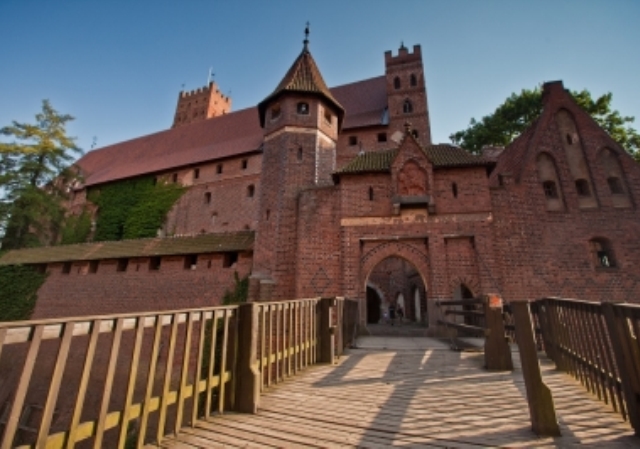
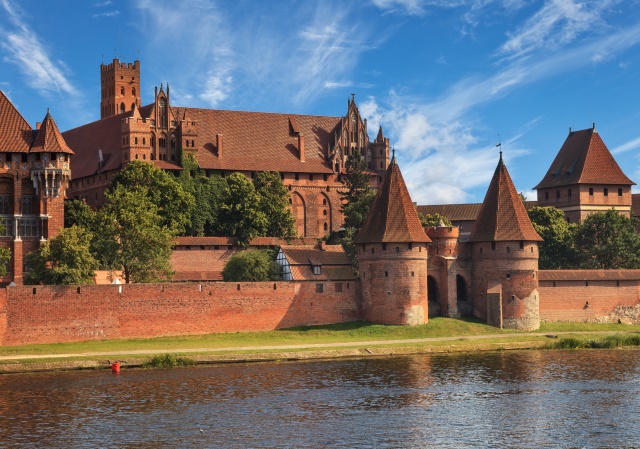
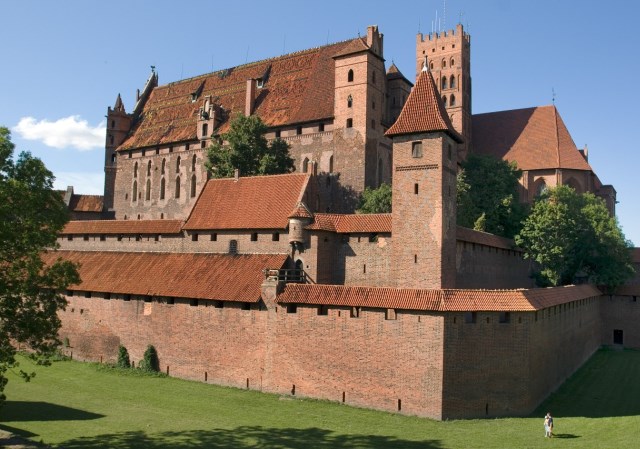
Kaszuby region
A relaxing drive through the picturesque region locally known as Kashubian Switzerland for its charming, hilly landscape, with its numerous lakes. Stop at the breathtaking Radunia River gorge and walk through the river valley, a nature reserve with some rare mountain flora, unusual at such low altitude.
Kartuzy – the capital of the region – is bordered by three lakes. One of them, called Cloister Lake, lies at the foot of a monastery dating back to the 14th century. One of several monks’ dwellings has been preserved.
In contrast to these Christian retreats, nearby “Świętopełek Forest” and Sobótka Hill were the scene of pagan ceremonies. Diner at a local inn with folk entertainment. Visit to the Necel family’s pottery business in Chmielno, where you can watch a short presentation of how they make pots by hand. Select the best, newly-made pieces to purchase. Visit to an open-air museum of traditional Kaszubian lifestyle and culture.
